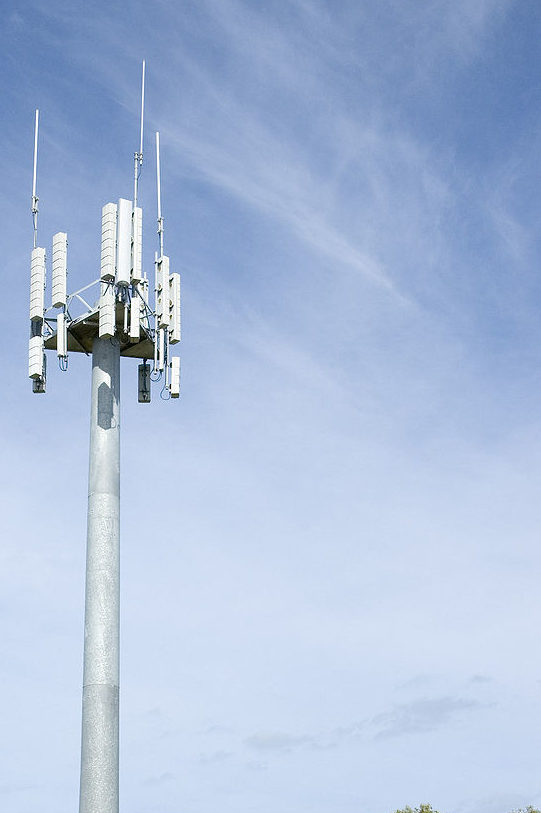
Years ago when we were starting Ayrstone, we introduced the idea of “Beyond the last mile.” There was (and continues to be) a lot of talk about the “last mile problem,” because it’s very expensive to run cable, wire, or fiber from a major line to each house in rural areas. Wireless ISPs, cellular carriers, and satellite Internet providers have filled in quite a bit to solve the “last mile,” with results of varying quality. But getting broadband Internet to the home or business office – solving the “last mile” problem – doesn’t fulfill the needs of most farmers, ranchers, and others working in rural environments – they need broadband access beyond that “last mile.” Back in the early days of Ayrstone, one of our beta customers remarked: “We should have gotten together and bought the local spectrum and started our own cellular service.”
It’s an interesting idea, but probably would never have worked then – the carriers would probably have bid up the price of the local spectrum just to prevent anyone else from having it – in the early days of cellular broadband, no one knew exactly how valuable spectrum was going to be, and carriers paid some outrageous amounts for spectrum they never used.
Now the cellular market is much more mature and the carriers are much more careful about where they spend their money; in addition, the FCC set aside some spectrum in the 3.5 GHz. band called “CBRS” – Citizens Broadband Radio Service – also known as “LTE Band 48” – as “unlicensed” (although still regulated) spectrum that can be used to create private or public LTE and 5G networks.
This means that my friend’s idea of setting up a private cellular network is actually feasible – companies are doing it now to create private, hybrid, and public cellular networks for a variety of reasons. In particular, companies are building out private cellular networks to provide cellular service outside the enterprise network but still in a company-controlled network environment. It ends up being similar to a WiFi network – companies control the network and access to it – but using cellular technology.
There is another big upside to private cellular: because cellular equipment can use higher power and larger antennas, the cells can offer wider coverage and can be placed further apart than even high-power, high-gain WiFi access points like AyrMesh Hubs.
However, there are some rather extensive downsides for rural use:
- Cellular equipment is much more expensive than WiFi equipment, as well as more complex and difficult to install and maintain. It requires significantly more planning and skill to set up and maintain a cellular network.
- CBRS is in the 3500 MHz. band, while WiFi is in the 2400 MHz. band – higher frequencies are more prone to fading at distance and more susceptible to obstructions to the Fresnel zone.
- While CBRS is unlicensed, it is still regulated. There are still licensed users (Priority Access Licenses, or PAL) in the spectrum, and you may be forced to move frequencies away from them if you use the free General Availability Access (GAA) license. If you are trying to set up a network across a large area, it may be desirable to get a license to keep others off the frequency.
- You’ll need to deal with getting SIM cards for all the devices you want to allow on the private network, and manage the provisioning and access controls for those devices.
The “beyond the last mile” problem is a very real one for farming and ranching, as well as other rural enterprises. Private cellular is one of the solutions available IF you have access to the money and skills necessary to build and maintain a cellular network. WiFi, like Ayrstone’s AyrMesh, remains a more practical solution for most rural residents and businesses.
